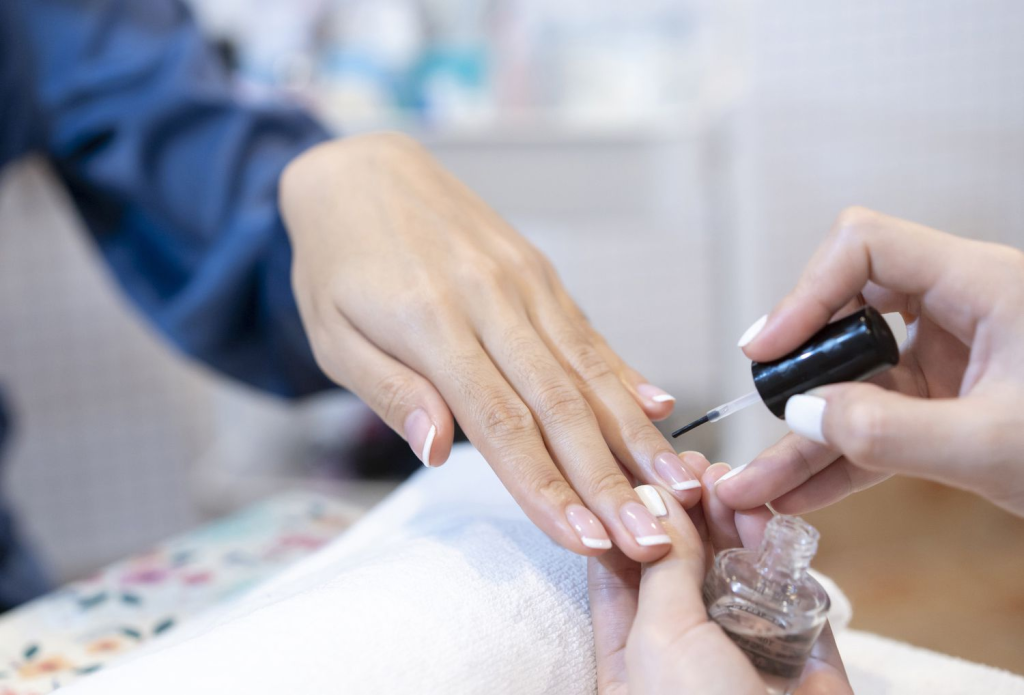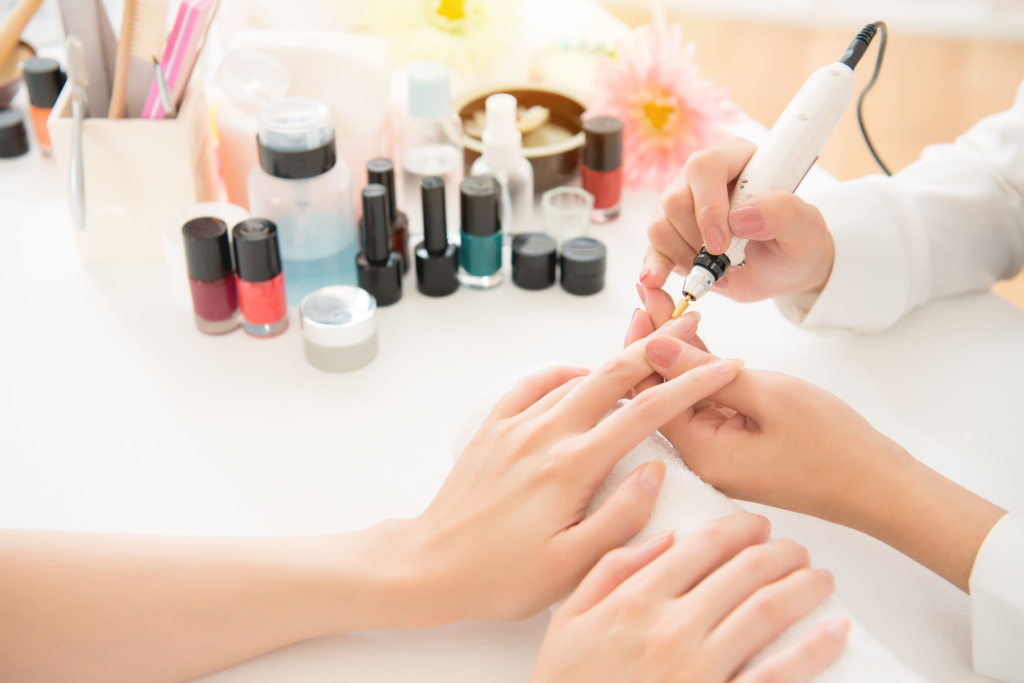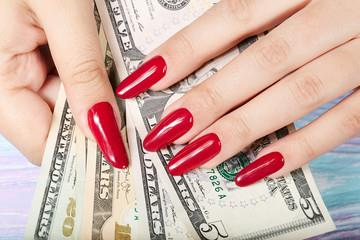Tipping at nail salons has long been a topic of debate. Some people believe it’s a crucial part of the service experience, while others see it as unnecessary or even problematic. The confusion often stems from differing personal beliefs, cultural customs, and regional practices. Should you tip? If so, how much? And what if you don’t believe in tipping at all?
In this article, we’ll explore the tipping culture in nail salons, the arguments for and against it, regional differences, and alternative ways to show appreciation for your nail technician.

Understanding the Culture of Tipping in the Service Industry
Tipping is a long-standing tradition in the service industry, particularly in the United States. In many professions, service workers rely on tips to supplement their wages, as base pay is often lower than in other industries. This practice extends to restaurants, hair salons, and, of course, nail salons.
In many cases, tipping is expected rather than optional. It serves as a way to reward good service and ensure that workers are compensated fairly. However, this expectation varies depending on location and cultural norms. While tipping is a standard practice in the U.S., it may not hold the same significance in other parts of the world.
The Importance of Tipping at Nail Salons
Tipping at nail salons matters for several reasons. First, many nail technicians depend on tips to make a livable wage. While some salons offer a competitive hourly rate, others may not pay as well, making gratuities a significant part of a technician’s income.
Second, tipping shows appreciation for the effort and skill that go into a great manicure or pedicure. Nail technicians often work long hours, catering to the specific needs of each client. Their work involves precision, creativity, and attention to detail, making a tip a well-deserved acknowledgment of their hard work.
Finally, tipping can help establish a good relationship with your technician. Regular clients who tip well often receive better service, priority bookings, or small perks like free nail art or extra attention to detail.
Arguments for Tipping at Nail Salons
Many people believe tipping is essential for ensuring fair compensation. Since some salons pay their employees low wages, tips can make a significant difference in their overall earnings.
Another argument in favor of tipping is that it encourages quality service. When clients tip generously, it motivates technicians to go above and beyond, creating a better experience for everyone involved.
Additionally, tipping fosters a positive atmosphere at the salon. When technicians feel appreciated, they are more likely to provide excellent customer service, ensuring that clients leave satisfied and eager to return.
Arguments Against Tipping at Nail Salons

While tipping is common, not everyone agrees with the practice. Some argue that businesses should pay their employees fair wages without relying on customer tips to fill the gap. In this view, tipping shifts the responsibility of fair compensation from employers to clients.
Others feel that tipping is inconsistent and places unnecessary pressure on customers. If tipping is optional but expected, it can create an uncomfortable situation where clients feel obligated to tip even if the service was not exceptional.
Finally, tipping can lead to disparities in earnings. Two technicians working the same hours might make very different amounts simply because of the clients they serve. This can create an unfair work environment where income depends on luck rather than skill or effort.
Cultural and Regional Differences in Tipping Practices
Tipping customs vary significantly depending on where you are. In the United States, tipping is widely accepted and expected in most service industries, including nail salons. A standard tip ranges from 15% to 20% of the service cost.
In contrast, European countries often include a service charge in the bill, making additional tipping unnecessary. Some Asian countries, such as Japan, do not have a tipping culture at all, and offering a tip might even be considered rude.
Understanding these cultural differences is essential, especially for travelers. If you’re visiting another country, it’s always a good idea to research local tipping customs before getting a manicure or pedicure.
How Much Should You Tip at a Nail Salon?

The general rule of thumb for tipping at a nail salon is 15% to 20% of the total service cost. However, the exact amount can depend on several factors:
- If you received exceptional service, tipping on the higher end (20% or more) is a great way to show appreciation.
- If your technician went above and beyond, such as fixing a broken nail for free or accommodating a last-minute appointment, a larger tip can acknowledge their extra effort.
- If you’re unhappy with the service, it’s okay to tip less, but providing feedback politely can help the technician improve.
Ultimately, tipping should feel comfortable and reasonable for you. If you are on a tight budget, even a small tip can show gratitude.
Alternatives to Tipping: Other Ways to Show Appreciation
If you’re not a fan of tipping or prefer to show appreciation in other ways, there are several alternatives:
- Write a positive review. Many salons rely on online reviews to attract new clients. A glowing review on Google or Yelp can be just as valuable as a tip.
- Recommend the salon to friends. Word-of-mouth referrals help salons grow and bring in more business. If you love your technician, spread the word.
- Become a loyal customer. Regular clients who book consistent appointments contribute to a salon’s success. A steady income stream can be just as beneficial as tips.
- Express gratitude verbally. A simple “Thank you, I love my nails!” can go a long way in making a technician feel valued.
Personal Experiences and Opinions on Tipping

People’s experiences with tipping at nail salons can differ widely. Some clients feel good about tipping because they know it helps their technician earn a fair wage. Others feel awkward or pressured into tipping, especially if they don’t usually tip for other services.
Some customers have had negative experiences where they felt judged for tipping too little or not at all. In contrast, others have built lasting relationships with their nail technicians through consistent tipping and appreciation.
Ultimately, tipping is a personal choice, and there is no universal right or wrong answer. It depends on your financial situation, beliefs about fair pay, and personal comfort level.
Conclusion: Finding a Balance in Tipping Practices
Tipping at nail salons is a nuanced issue, shaped by cultural norms, economic factors, and personal values. While tipping is an important way to support nail technicians, it’s not the only way to show appreciation.
Whether you choose to tip generously, follow the standard practice, or find alternative ways to express gratitude, the key is to be respectful and considerate. At the end of the day, a great salon experience is built on mutual appreciation between the client and the technician


